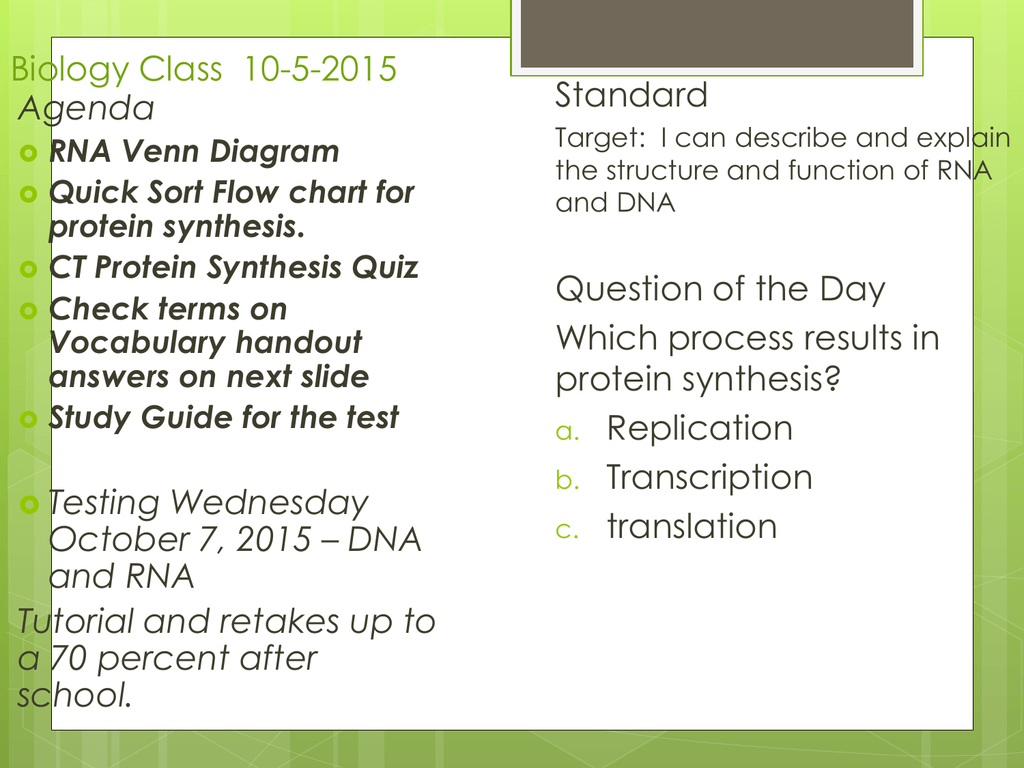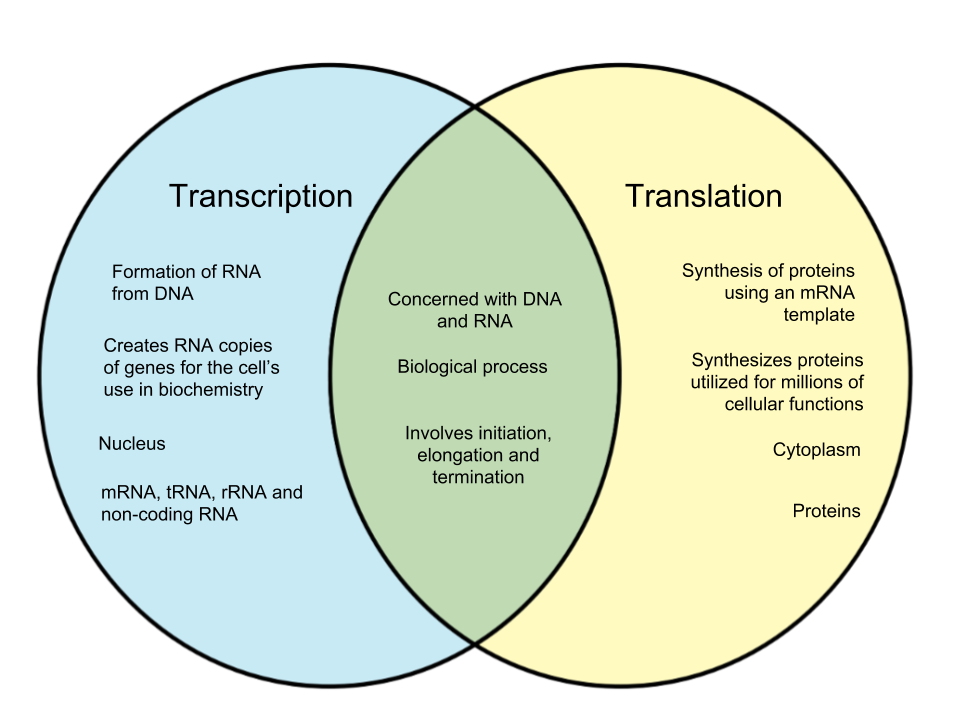

However, initial data from the clinical examinations of severe COVID-19 patients showed that both CD4 + and CD8 + T cells are decreased along with the deterioration of patients’ status 14. The immune system generates SARS-CoV-2-reactive T cells against the virus at the beginning of an acute respiratory distress syndrome in COVID-19 patients, and T cells are increased with time 13.

During viral infection, CD8 + T cells recognize viral peptides and mediate killing of infected cells by releasing granzymes and perforin 9.Īlthough considerable efforts have been spent on clarifying the immune response during SARS-CoV-2 infection 11, 12, little is known about the responses of antigen-specific T cells with their diverse TCR repertoire in human for targeting the virus. The CDR sequences determine the specificity of TCR binding to pMHCs, of which the third CDR (CDR3) is the most hypervariable and contributes to direct peptide recognition. Thus, TCR recombination process generates highly diverse complementarity‐determining regions (CDRs) localized in the TCR α and β chains, forming a functional and highly diverse TCR repertoire. The diversity (D) region connects V and J regions and forms an integral β chain 10. Recognition of peptide-MHC complex (pMHC) by TCR induces activation and differentiation of naive T cells to various functional subsets during acute stages of infection and leads to the eradication of invading pathogens 9.īoth chains of TCR (α and β) consist of a variable (V) region, junctional (J) region, and constant (C) region. T cells orchestrate adaptive immunity following the signalling dictated by their clonotypic T cell receptors (TCRs), which recognize a peptide (8–15 amino acids) presented by major histocompatibility complex (MHC) 8. The T-cell-mediated immune response is one of the primary defense mechanisms of adaptive immune system against virus 7. Like SARS-CoV and MERS-CoV, SARS-CoV-2 belongs to beta genus Coronavirus in Corornaviridae family 6.

The genome sequence of SARS-CoV-2 bears 79.5% identity to that of SARS-CoV 5. Shortly after, COVID-19 outbreak spread globally and became a pandemic disease 3, 4. This disease was officially named coronavirus disease 2019 (COVID-19) by the World Health Organization 2. The year 2019 ended with the emergence of severe acute respiratory syndrome coronavirus 2 (SARS-CoV-2) 1.

Our work provides a basis for further analysis of adaptive immunity in COVID-19 patients, and also has implications in developing a T-cell-based vaccine for SARS-CoV-2. We also demonstrated that the top expanded T cell clones (~10% of total T cells) display the key anti-viral features in CD8 + T cells, confirming a critical role of antigen-specific T cells in fighting against SARS-CoV-2. The dynamics of T cell repertoire correlated with a profound shift of gene signatures from antiviral response to metabolism adaptation. We found that while the diversity of TCR repertoire was increased in discharged patients, it returned to basal level ~1 week after becoming virus-free. Here, we present both single-cell TCR-seq and RNA-seq to analyze the dynamics of TCR repertoire and immune metabolic functions of blood T cells collected from recently discharged COVID-19 patients. However, there are many unknowns about the antigen-specific T-cell-mediated immune responses to SARS-CoV-2 infection. SARS-CoV-2 outbreak has been declared by World Health Organization as a worldwide pandemic.


 0 kommentar(er)
0 kommentar(er)
